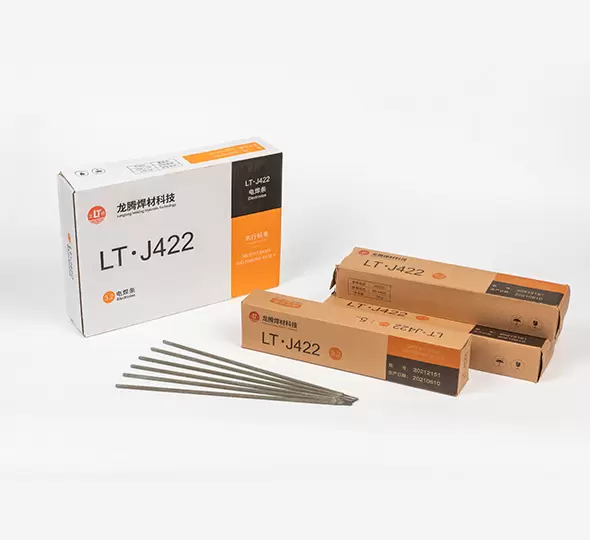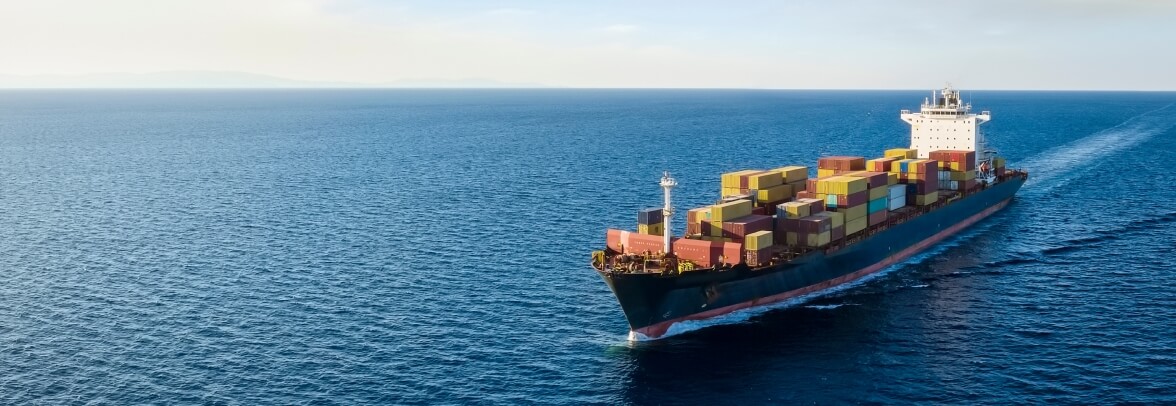Welding Materials for Oil and Gas Pipe Fittings: Ensuring Reliable Pipeline Connections
2025-04-23
Pipeline systems in the oil and gas industry bear the responsibility of transporting crude oil, natural gas, and other essential resources. As pipelines operate under extreme conditions such as high temperatures, high pressures, and corrosive environments, selecting the appropriate welding material for oil and gas pipe fittings becomes especially important. Welding is one of the key technologies for connecting oil and gas pipelines, and the quality of welding directly affects the overall safety and long-term stability of the pipeline system. This article Longteng explores the selection criteria for welding materials for oil and gas pipe fittings and how to choose them.

Special Requirements for Welding Material for Oil and Gas Pipe Fittings
In the construction and maintenance of oil and gas pipelines, the pipelines must endure both internal high pressure and external corrosive environments. Therefore, the quality of welding and the selection of the appropriate welding material for oil and gas pipe fittings significantly determine the stability and safety of the pipeline. Oil and gas pipeline welding not only needs to meet the pressure and temperature requirements the pipeline will encounter but also needs to resist corrosion, fatigue, and cracking that could arise from other external factors.
1. High Temperature Resistance
Oil and gas pipelines often operate in high-temperature environments, especially in oil processing plants and natural gas transportation pipelines. The welded joints must maintain their strength and toughness at high temperatures, or else the pipeline could crack or become brittle, compromising system safety. In high-temperature environments, pipelines experience continuous temperature fluctuations, causing thermal expansion and contraction. If the welding material lacks sufficient high-temperature resistance, cracks or premature failure of the material could occur. Therefore, selecting welding material for oil and gas pipe fittings with good high-temperature resistance is critical. Nickel-based alloys such as Inconel and Incoloy are commonly used in pipeline systems that must withstand extremely high temperatures, as these materials maintain stable mechanical properties under such conditions.
2. Corrosion Resistance
Oil and gas pipelines are frequently exposed to corrosive environments, especially offshore oil and gas extraction and transportation systems, where the pipelines are directly in contact with saltwater, acidic gases, and other corrosive media. Corrosion not only leads to early damage of the pipeline but also reduces its strength, causing system failures or safety risks. The corrosion resistance of the welding material is directly related to the pipeline's lifespan. To effectively resist corrosion, especially in marine environments, stainless steel welding materials, particularly 316L, are widely used in offshore oil and gas pipelines and chemical environments due to their excellent corrosion resistance.
3. Weldability
The weldability of welding material for oil and gas pipe fittings directly impacts the quality of the weld during the welding process. Factors such as the flowability of the material, the stability of the molten pool, and the cooling rate will directly influence the formation and strength of the welded joints. Choosing materials with excellent weldability improves welding efficiency, reduces defects such as cracks, pores, and slag inclusion, and enhances the overall quality of the pipeline. If the welding material has poor weldability, it could lead to welding defects during the process, severely impacting welding quality. Therefore, weldability is one of the key factors to consider when selecting welding materials. Low alloy steels and carbon steel welding materials, due to their excellent weldability, are widely used in oil and gas pipeline welding, especially in moderate pressure and standard environmental conditions.
4. Mechanical Strength and Toughness
Oil and gas pipelines often bear significant mechanical pressure and temperature fluctuations, making the mechanical strength and toughness of the welded joints crucial. When selecting welding materials, it is important to ensure that the welded joints have sufficient strength to meet the requirements of high-pressure conditions and that they possess adequate toughness to prevent cracking or brittle failure due to temperature changes or pressure fluctuations. Welding material for oil and gas pipe fittings needs to withstand internal and external pressures and stresses, avoiding pipeline rupture or failure caused by excessively brittle welds. Low alloy steels, carbon steels, and nickel-based alloys provide good strength while also ensuring weld toughness.
How to Choose the Right Welding Material for Oil and Gas Pipe Fittings
Choosing the right welding material for oil and gas pipe fittings is critical to ensuring long-term stable operation of oil and gas pipelines in complex working environments. Below is a detailed explanation of the key aspects to consider when selecting welding materials for oil and gas pipe fittings:
1. Environmental Factors
Environmental factors are the primary consideration when selecting welding materials for oil and gas pipe fittings, especially in extreme environments such as high temperatures, low temperatures, and corrosive settings. For offshore oil platforms and deep-sea oil extraction pipelines, these pipelines are often exposed to highly corrosive saltwater environments, requiring welding materials with outstanding corrosion resistance. For example, nickel-based alloys and stainless steel, due to their excellent corrosion resistance, can withstand long-term saltwater corrosion and maintain high strength and wear resistance in high-temperature environments, making them suitable for such harsh environments. In other environments, materials must be chosen based on the specific corrosive media and temperature range, with higher chromium stainless steel materials offering good corrosion resistance, especially for pipelines that handle acidic or alkaline media.
2. Pipeline Working Pressure and Temperature
The working pressure and temperature of the pipeline directly affect the selection of welding material for oil and gas pipe fittings. Different working environments require different materials to meet pressure and temperature variations. For example, in natural gas pipelines, as they typically operate under high-pressure and low-temperature conditions, the materials need to have high strength and good crack resistance. Low alloy steels and carbon steels are commonly chosen in these cases. These materials can maintain good toughness and crack resistance at low temperatures, ensuring the safety and stability of the pipeline during long-term operation. For high-temperature and high-pressure petroleum refining pipelines, welding materials must have good high-temperature resistance and oxidation resistance. In such cases, nickel-based alloys are the ideal choice, as they can maintain good strength and chemical stability at extremely high temperatures. Nickel-based alloys exhibit exceptional heat resistance in petroleum refining processes, effectively resisting high temperatures and chemical corrosion.
3. Weldability
Weldability is an extremely important consideration when selecting welding material for oil and gas pipe fittings, as it directly affects the quality of the welded joints and the long-term durability of the pipeline. During the welding process, factors such as material flowability, susceptibility to hot cracks, cold cracks, and the strength of the welded joints affect welding quality. High-alloy materials, due to their difficulty in welding, may cause issues such as hot cracks and cold cracks. Therefore, when welding high-alloy materials, it is often necessary to choose low alloy steels and stainless steels with good weldability to reduce potential defects during the welding process and ensure the strength and reliability of the welded joints. For conventional carbon steel pipelines, welding is relatively simple, and standard welding rods and wires can be used to complete the welding task. These materials perform well in low to moderate temperatures and low-pressure environments and have good weldability, making it efficient to complete welding tasks.
The selection of welding material for oil and gas pipe fittings directly affects the safety, stability, and long-term lifespan of the pipeline system. Based on the pipeline's working environment, pressure, temperature, and corrosive requirements, choosing the right welding material significantly improves the reliability and durability of the pipeline. Carbon steel, stainless steel, low alloy steels, and nickel-based alloys each have unique characteristics and are suitable for different work scenarios. Through the scientific and rational selection of materials, oil and gas pipelines can maintain excellent performance during long-term operation, reduce maintenance costs, and ensure the safe transportation of resources.





















 Email
Email